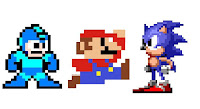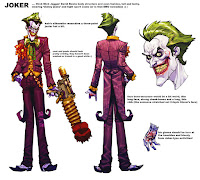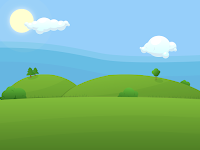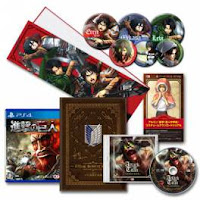Level 3
Unit 78 - Digital Graphics for Computer Games (Part 3)
P1- Understand Theory & Application of Digital Graphics
Pixel:
·
Not a square.
·
Small little dots making up images on computer
displays. Flat screen or tub monitors.
·
Can only be one colour at a time although, they
are so minute they often blend to make a series of various shades and colour
blends.
§
§
Picture Resolution
(Size):
·
How many pixels are in our image from top to
bottom.
·
File size of image.
·
To find a total amount of pixels in a photo you
would multiply the amount of pixels by width, by the amount of pixels by
length.
Image Resolution
(Quality):
·
Quality of the image.
·
Higher image resolution = Higher
Quality/sharper/clearer.
·
1mp = 1,000,000 pixels.
o
Image 1 = A at 1 by 1 resolution.
o
Image 2 = A at 10 by 10 resolution.
o
Image 3 = A at 50 by 50 resolution.
o
Image 4 = A at 100 by 100 resolution.
Pixel Values
(Intensity):
·
How bright the pixel is and/or what colour it
should be (by a single number).
·
“The most common pixel format is the byte image,
where this number is stored as an 8-bit integer giving a range of possible
values from 0 to 255.” Typically 0 = black, 255=white (greyscale).
·
“To represent colour images, separate red, green
and blue components must be specified for each pixel” pixel value = vector of 3
numbers.
References:
Pixel Resolution: http://www.photoshopessentials.com/essentials/image-resolution/
Image Resolution: http://www.digital-photo-secrets.com/tip/1711/what-is-image-resolution-why-does-it-matter/
Pixel Values: http://homepages.inf.ed.ac.uk/rbf/HIPR2/value.htm





























